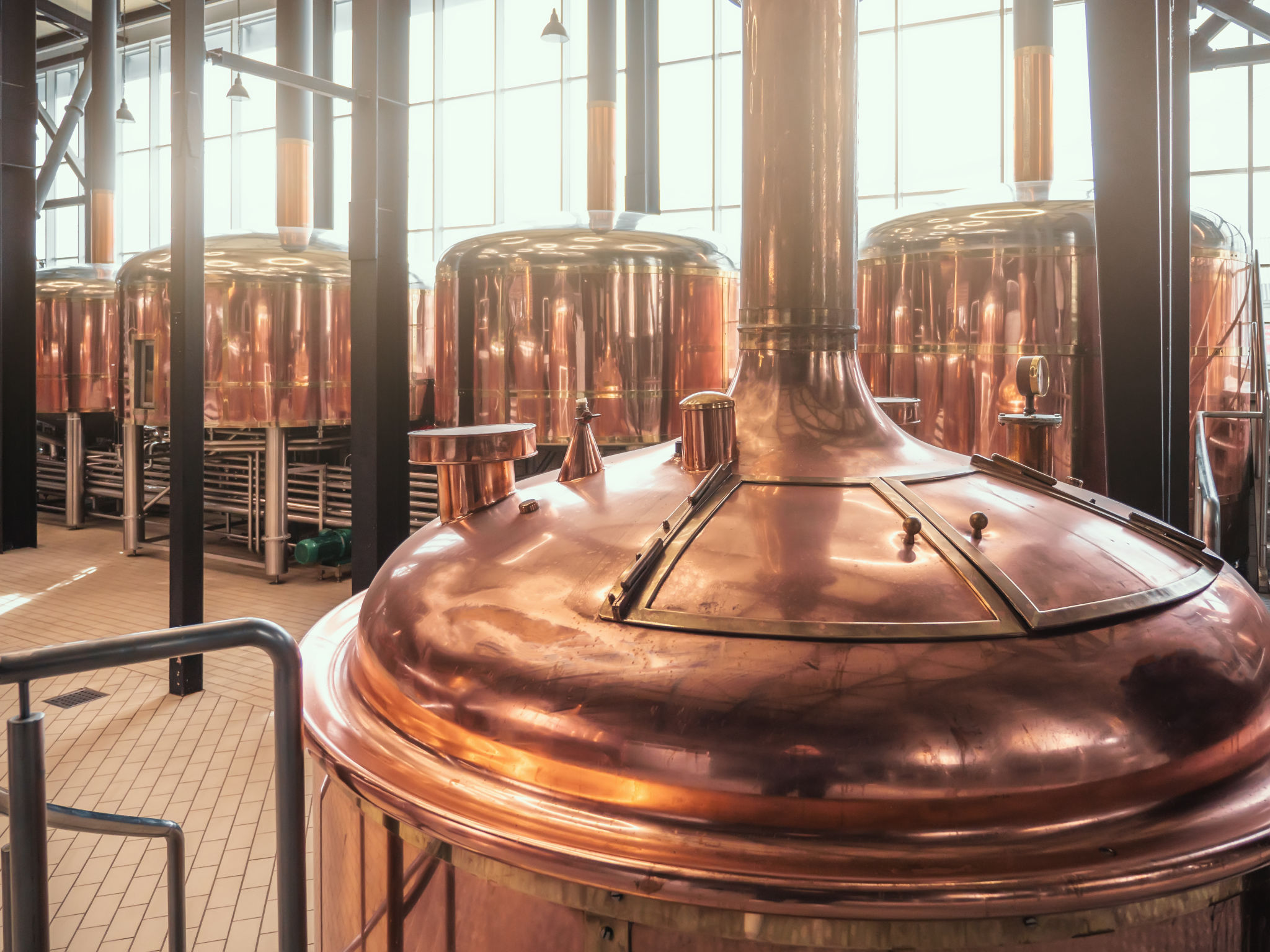How to Launch a Liquor Brand: A Step-by-Step Guide for Small Businesses
CD
Understanding Your Market
Launching a liquor brand starts with a deep understanding of the market. Before jumping into production, it's crucial to research current trends, consumer preferences, and your potential competitors. Knowing your target audience will help tailor your brand message and product offerings effectively. Are you targeting millennials, cocktail enthusiasts, or perhaps the luxury market? This knowledge will guide every decision you make along the way.

It's important to identify what makes your product unique. Whether it’s organic ingredients, unique flavors, or a special distillation process, having a distinct selling point will set your brand apart in a crowded market. Additionally, staying informed about regulations and industry standards can prevent potential legal issues down the line.
Crafting Your Brand Identity
Your brand identity is the essence of your liquor brand. It encompasses everything from the name and logo to the packaging and marketing strategies. Start by choosing a name that resonates with your brand values and is memorable. Your logo should be simple yet distinctive, capturing the spirit of your product.

Packaging is another critical aspect of brand identity. A well-designed bottle can catch the eye of consumers and convey the quality of your product. Consider sustainable packaging options as many consumers are now environmentally conscious. Consistency across all these elements will help build brand recognition and loyalty.
Developing a Business Plan
Creating a comprehensive business plan is a vital step in launching a liquor brand. This plan should outline your business goals, target audience, marketing strategy, financial projections, and distribution plans. A solid business plan can also help secure funding if needed. Remember, attention to detail in this stage can pave the way for long-term success.
- Define your vision and mission.
- Set short-term and long-term goals.
- Analyze financial requirements and potential revenue streams.
- Outline marketing and distribution strategies.
Production and Sourcing
The production stage is where your concept turns into reality. Selecting quality ingredients and finding the right distillery partner are crucial steps. Whether you're making whiskey, vodka, or rum, the production method greatly influences the final product's taste and quality. It's important to maintain high standards at every stage of production to ensure consistency and excellence.

Sourcing ingredients locally can not only reduce costs but also enhance your brand's appeal by supporting local agriculture. Establishing reliable supply chains ensures that production runs smoothly without unexpected delays.
Building an Effective Marketing Strategy
An effective marketing strategy is essential for gaining visibility in the competitive liquor market. Utilizing both traditional and digital marketing channels can maximize reach. Consider social media campaigns, influencer partnerships, and events or tastings to engage with your audience directly.

Storytelling plays a pivotal role in marketing; sharing the story behind your brand can create an emotional connection with consumers. Highlighting your brand's unique aspects, such as artisanal methods or family heritage, can differentiate you from competitors.
Distribution and Sales
The final step in launching a liquor brand is establishing distribution and sales channels. Partnering with distributors who have strong networks can help your product reach retail shelves and online platforms. Consider direct-to-consumer sales through your website to increase profit margins and build direct relationships with customers.
Monitoring sales data and consumer feedback is crucial for continuous improvement. Adapting to market changes and consumer preferences will help sustain growth in the long run. Remember, persistence and flexibility are key components of success in the ever-evolving liquor industry.
